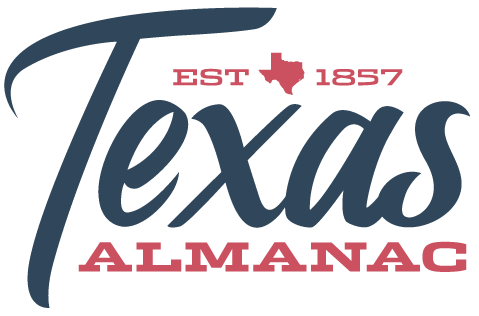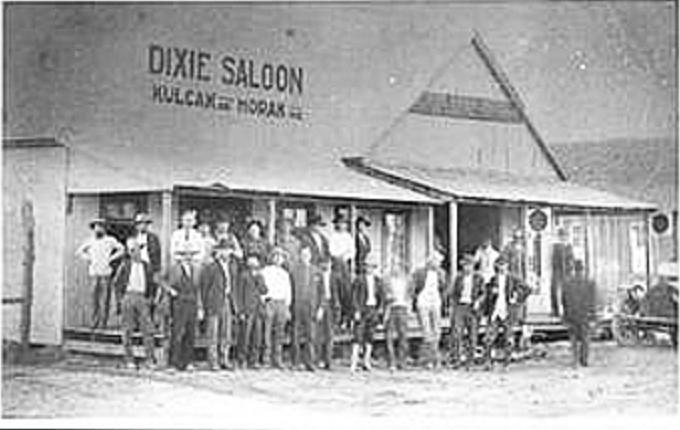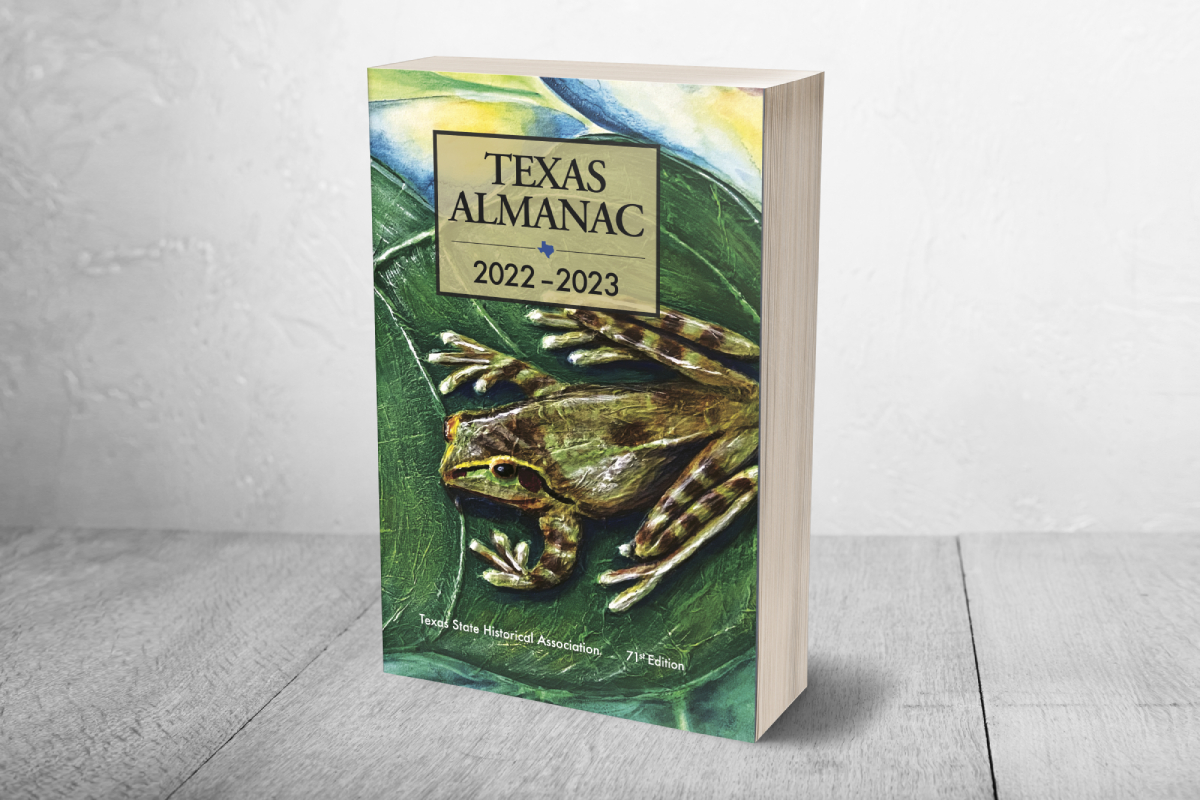The first election on the matter of liquor control was held in Texas on Aug. 7, 1854, following the passage by the Legislature of a law closing all places selling liquor in amounts less than one quart, except in those counties where the people voted for licensing such places.
In compliance with this law, Gov. E.M. Pease called elections and a large number of counties voted against the licensing, which meant the closing of saloons in those counties; that is, had not the law been declared unconstitutional shortly afterward.
There was some regulatory legislation with respect to location of places selling liquor near schools and churches under the Constitution of 1869. In 1876, there was placed in the present Constitution a provision for local-option elections, and the first election under this provision was held in Jasper County on Dec. 18, 1876, the county going “dry.”
The first constitutional amendment for statewide prohibition was submitted to the people in an election Aug. 4, 1887, and defeated by a vote of 220,627 to 129,270.
The next statewide contest was in the Democratic primary of July 25, 1908, on the question of submission of a prohibition amendment to a vote of the people. It carried by a vote of 145,530 to 141,441, but the question was not submitted by the following Legislature.
At an election in July 1911, prohibition was defeated by a vote of 237,393 to 231,096.
The Eighteenth Amendment to the U.S. Constitution on national prohibition was ratified by the Texas Legislature in February 1918 and by enough other states by January 1919 to become law. Enforcement was to begin one year later. In the meantime, in May 1919, Texans voted to adopt a prohibition amendment to the state Constitution, 158,982 to 138,907. In 1918, before prohibition, Texas had 10 wet counties, 43 partly wet, and 201 completely dry counties.
In August 1933, Texans voted for the Twenty-first Amendment repealing national prohibition, but it had no effect in Texas because of the 1919 state prohibition amendment. However, at the same 1933 election Texans voted in favor of allowing sale of 3.2 beer, 317,340 to 186,315. Sales of this lower alcohol content beer began in Texas within months.
It was August 1935 before repeal of the state dry law was submitted to the voters, who voted 297,597 for repeal to 250,946 against. In response to the vote, the Legislature was called to a special session in September to establish laws dealing with liquor control. The sale of alcoholic beverages became licensed in early 1936, although enforcement of prohibition had waned before that time. All counties returned to the same status that they had in 1918, until local-option elections could be held.
In 1970, the last vestige of statewide prohibition, the ban on “open saloons,” was voted out when Texans approved the sale, on a local-option basis, of mixed alcoholic beverages or liquor by the drink. — Robert Plocheck.
Sources: Texas Almanacs, The Dallas Morning News, and the Handbook of Texas.


